Induction Heating Billets
Views Send Enquiry
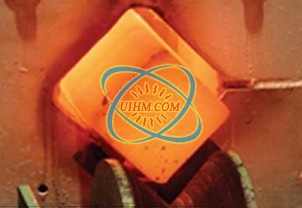 The induction heating of round bars and round-corner-square (RCS) billets are often treated as equivalent applications, even though they are not. This article reconciles recent theoretical and practical achievements in providing required heat uniformity when inductively heating rectangular and trapezoidal workpieces.
The induction heating of round bars and round-corner-square (RCS) billets are often treated as equivalent applications, even though they are not. This article reconciles recent theoretical and practical achievements in providing required heat uniformity when inductively heating rectangular and trapezoidal workpieces.
induction heating, very popular in the heating of cylindrical workpieces, is also commonly used to heat rectangular billets. Workpieces of this general shape include billets, bars, blooms and slabs, which will be referred to in this article for temperature uniformity within the transverse cross section of the RCS billets, including edges. There are, nonetheless, some misunder- standings among those who use induction heating regarding its abil- ity to provide the required temperature uniformity within RCSbillets and factors affectingthermal profileswithin a workpiece.
as RCS (round-corner-square) billets (Figure 1). In the heating of any shape, it is typically required to not only raise the billet’s temperature to a specified level but to also achieve a certain degree of heat uniformity throughout the part. The uniformity specifications may include maximum tolerable thermal gradients: surface-to-core, end-to-end and side-to-side. A billet that is heated non-uniformly can negatively affect the quality of heated products and cause problems for hot-forming machinery.
As a consequence of the non-cylindrical geometry of RCS billets, customers often specify the temperature uniformity in their trans- verse cross section, including the maximum allowable “central part- to-corner” temperature non-uniformity. Depending upon the specific induction-heating parameters used, the edge areas of RCS billets can be under heated, overheated and heated uniformly.
Related Content
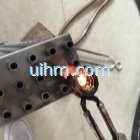
induction brazing SS steel by handheld induction coil
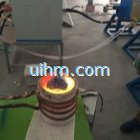
induction melting silicon and steel
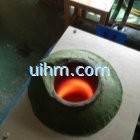
magnesium oxide acidic furnace for induction melting glass
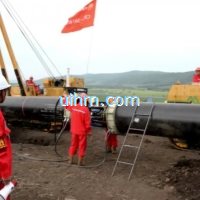
induction preheating gas pipeline by full air cooled clamp induction coil and DSP induction heater
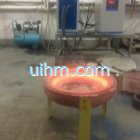
induction melting with Titanium alloy pot by customized induction coil
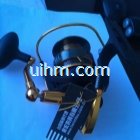
induction melting aluminium for casting wire wheel
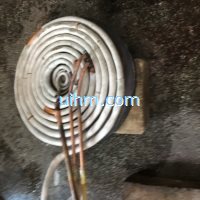
induction heating steel plate by pancake induction coil
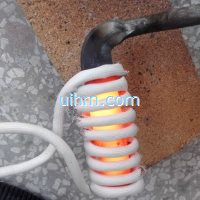
induction heating steel knife
Hot
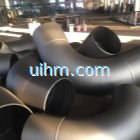
induction painting after induction bending for pipelines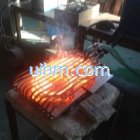
induction heating steel plate
induction remove copper from aluminium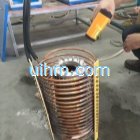
induction heating stator frame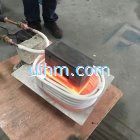
induction heating graphite mould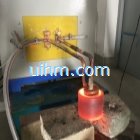
difference between induction heating inner surface and outside surface of steel ring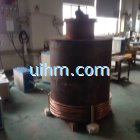
induction heating steel pot bottom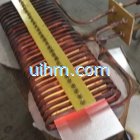
induction heating for heat preservation

Newest Comment
No Comment
Post Comment